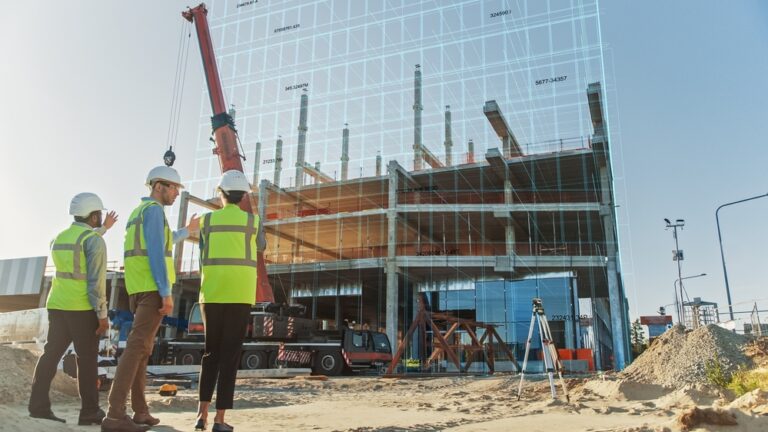Emerging technologies such as Virtual Reality (VR) and Augmented Reality (AR) are revolutionizing the architecture and construction industries. These tools enhance visualization, streamline collaboration, improve design accuracy, and boost operational efficiency, creating new opportunities for innovation. From immersive design walkthroughs to real-time construction oversight, VR and AR are reshaping traditional workflows and unlocking untapped potential across project lifecycles.
Enhancing Design Visualization and Communication
One of the most significant benefits of VR and AR in architecture is their ability to enhance design visualization and communication. VR provides users a fully interactive 3D environment, allowing architects, clients, and stakeholders to experience designs as if they already exist. Virtual walkthroughs provide a tangible sense of scale, space, and aesthetics, fostering a deeper understanding of proposed projects before construction begins.
Similarly, AR enables architects and designers to project 3D models onto physical spaces. This overlay of virtual elements onto real-world environments allows users to visualize how a building or specific design feature will fit into its intended context. For instance, clients can see how a new structure will integrate with existing surroundings or view how an interior renovation will transform a space. These tools make complex architectural concepts accessible to non-technical stakeholders, improving communication and ensuring alignment between vision and execution.
Facilitating Collaboration in a Globalized Industry
The construction and architecture industries often involve teams dispersed across multiple locations. VR and AR address this challenge by enabling enhanced collaboration in virtual spaces. Remote teams can convene in shared virtual environments to review designs, discuss changes, and make edits in real-time, significantly reducing delays caused by geographical constraints. This capability not only improves efficiency but also ensures that every team member has an equal opportunity to contribute, regardless of location.
Additionally, the integration of VR and AR with Building Information Modeling (BIM) platforms amplifies their collaborative potential. By combining 3D models with detailed project data, teams can access a centralized resource that supports decision-making. Architects, engineers, and contractors can work together to resolve design conflicts, optimize workflows, and ensure seamless communication throughout the project lifecycle.
Streamlining Site Analysis and Planning
Effective site analysis and planning are critical to successful construction projects, and AR is playing a pivotal role in this domain. By overlaying designs directly onto construction sites, AR allows architects and engineers to assess the feasibility of a project and evaluate its alignment with existing structures or landscapes. This capability ensures that potential issues are identified early, minimizing costly revisions later in the process.
Moreover, AR tools can simulate environmental factors such as sunlight, wind patterns, and noise levels, providing architects with essential insights into how a building will interact with its surroundings. These simulations enable data-driven design decisions, promoting sustainability and enhancing the overall functionality of the structure.
Supporting Construction Oversight and Precision
AR and VR are also making construction oversight more efficient and precise. On-site AR applications superimpose digital blueprints onto physical spaces, providing step-by-step assembly instructions to construction teams. Structural members, beams, steel box sections and void spaces can be visualised before and during construction. This guidance reduces errors and ensures that each element is built to exact specifications. Supervisors can use AR tools to compare real-time progress with original plans, quickly identifying discrepancies and addressing them before they escalate.
Beyond the construction phase, AR and VR continue to deliver value through maintenance and facility management. Facility managers can use AR to overlay critical information about hidden systems, such as plumbing and wiring, onto the building structure. This capability simplifies repairs and upgrades, making long-term building management more efficient.
Unlocking Potential Applications for the Future
The potential of VR and AR in architecture and construction extends far beyond their current applications. Future innovations, such as AR-controlled construction machinery, could merge robotics and AR to enable precise, automated operations. Digital twins—virtual replicas of physical assets—are another promising development. By syncing VR environments with live data from sensors on construction sites, digital twins could facilitate predictive maintenance and real-time decision-making.
Furthermore, VR and AR are poised to transform property development and sales. Prospective buyers and tenants can take immersive virtual tours of properties before construction is complete, while AR applications allow clients to customize finishes, furniture, and layouts in real-time. These tools create a more interactive and personalized experience, driving engagement and customer satisfaction.
Stay in touch to get more updates & news on Vents Buzz!
